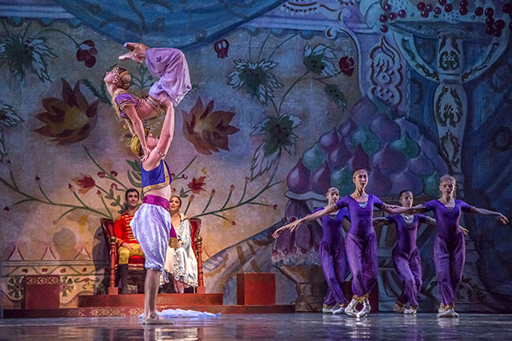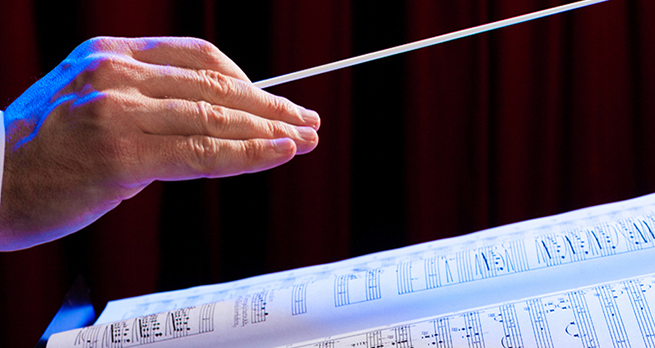4.1.3 Coordinating movement

In ballet music, the conductor has a particularly important job in coordinating the music with the dancing, watching the speed of the dancers’ movements and making sure the orchestra stays in time with them.
Tchaikovsky’s ballet, The Nutcracker, written in 1892, tells the story of a young girl, Clara, who is given a nutcracker as a Christmas gift by her mysterious godfather Dr Drosselmeyer. She falls asleep under the Christmas tree and the toys come to life. The nutcracker becomes a prince who fights a battle with the mouse-king and his army and then takes Clara on a journey to the Land of Snow and Ice and the Land of Sweets. A series of short dances in Act II celebrate the victory of the nutcracker-prince over the mouse-king. These start with a march, followed by a series of dances to represent different sweets – sugar candy, chocolate, coffee, marzipan – some of which have ‘national’ characteristics, like the flamenco-inspired Spanish dance and the Russian Trepak. The exotic Arabian dance represents coffee.
The Arabian dance is written for a large orchestra, but only a few of the instruments are playing at any one time. Look at the score [Tip: hold Ctrl and click a link to open it in a new tab. (Hide tip)] , and see if you can identify ‘landmarks’ that might help you follow it. First, check the instruments that will be playing by looking at the names at the start of each stave, then use the skills you have acquired.
If you were the conductor, what would you need to pay attention to? What marks would you make in your score to help you conduct it?
